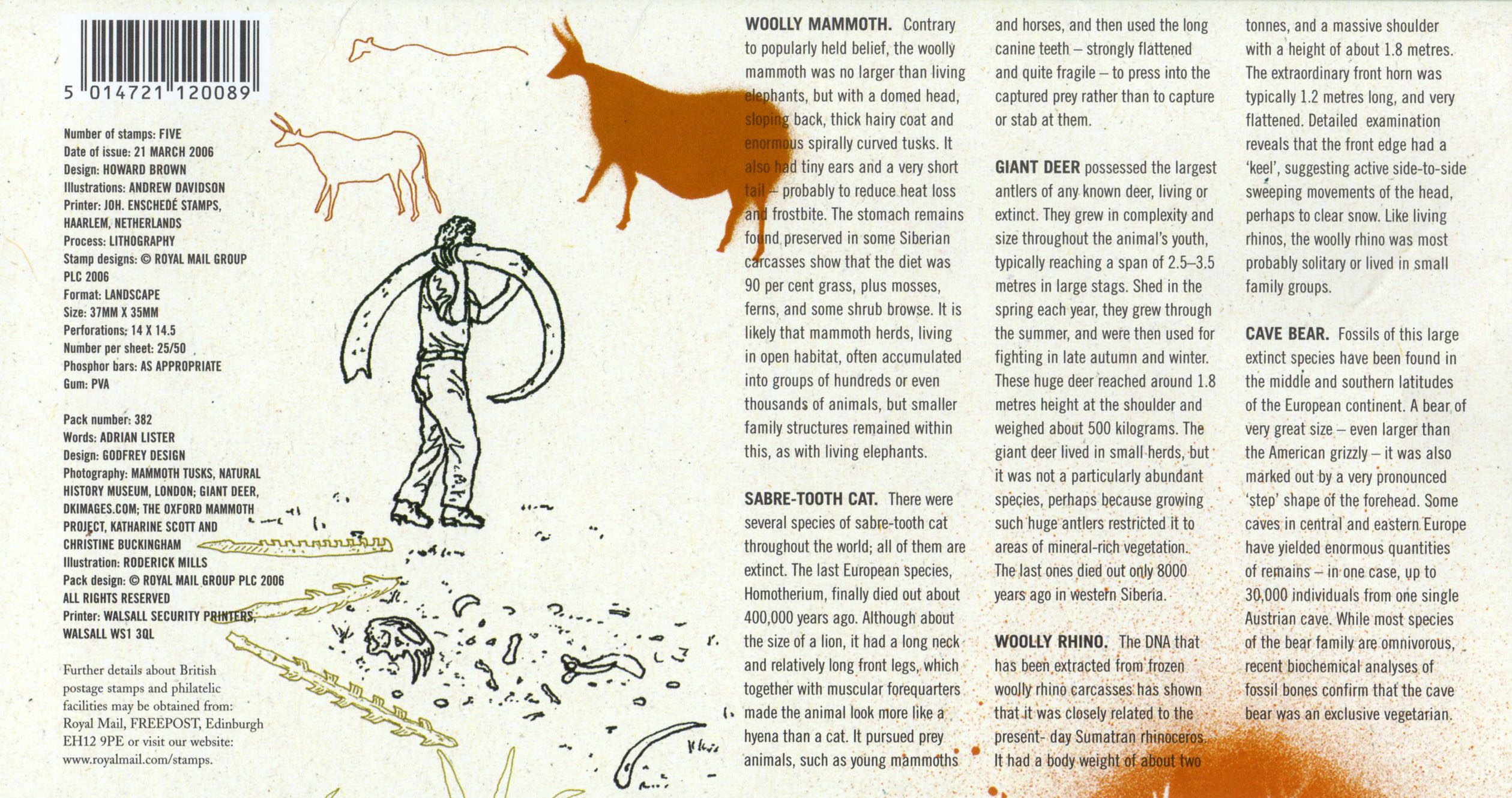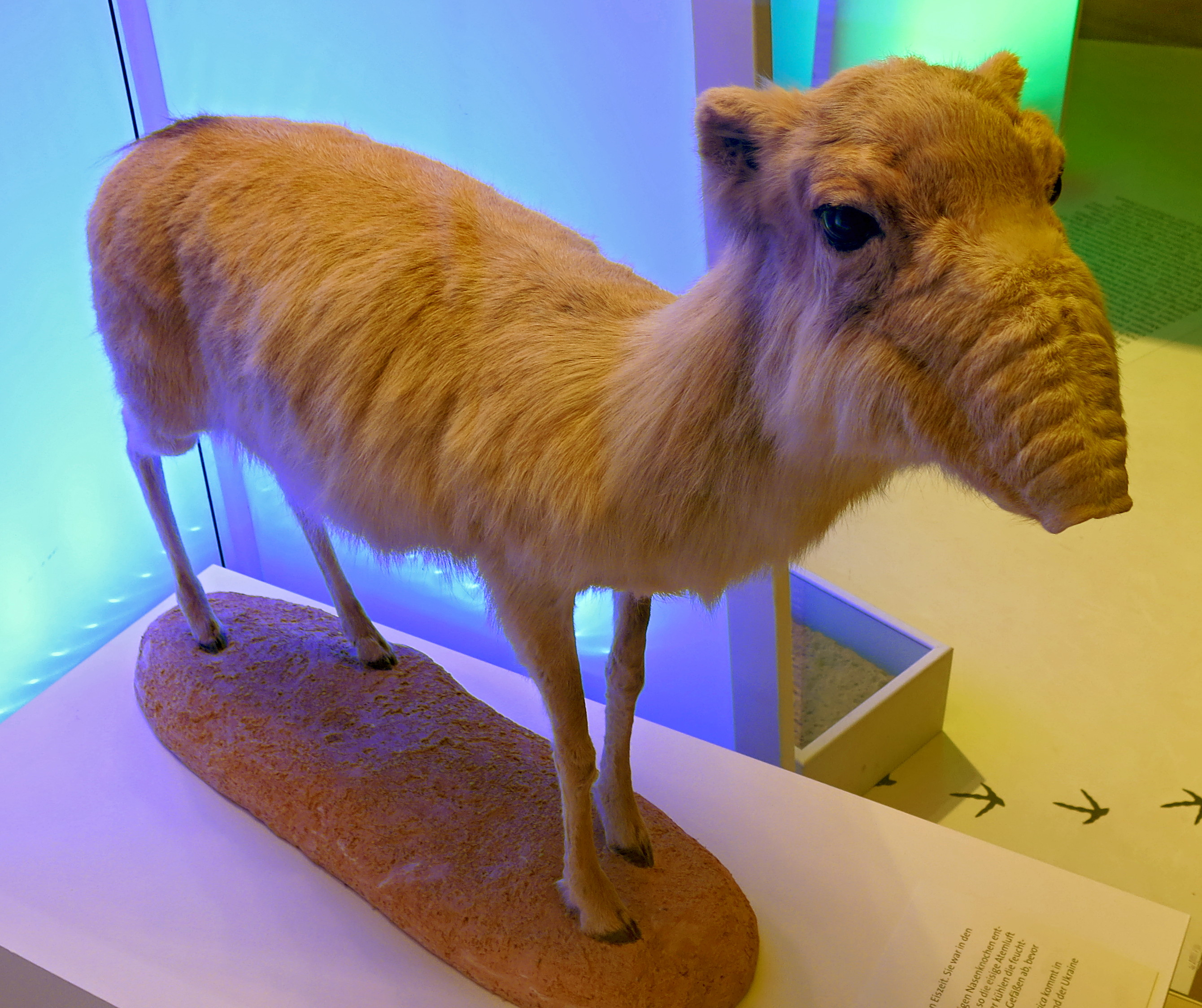

We still see such climates along the ice fronts of the large mountain glaciations in the western Yukon and Alaska, along with abundant, diverse, and productive flora and fauna. On the melt-off edges they foster clear skies and sunshine. They foster katabatic, that is, warm winds blowing away from the glacier. These young, fertile soils foster rich plant growth wherever there is sunshine and moisture. The silt and loess deposits form rich virgin soils, unleached and undepleted of their soluble mineral wealth. These Pleistocene loess and silt deposits in Eurasia and North America, as well as the ongoing deposition of glacier-ground silt along major rivers such as the Nile, Mekong, or Yellow River, are not merely today's grain baskets, but the very foundations of great civilizations. After the lakes drain, there remain fertile deep-soils deposits. Silt and loess are deposited in lakes and deltas. Where it falls day after day it forms into the fertile loess-steppe. This wind-born dust is called by the German term "loess." The ecological significance of glacial dust lies first and foremost in its fertility. In the ice cores from Greenland glaciers, the glacial periods are characterized by their dust deposits. When the seasonal glacial melting declines and the freshly deposited silt dries under the sun's rays, it turns to fine dust which the winds blowing off the glaciers carry far, far away. This ground rock is spewed out by the glacier with melt water and flows away from glacial margins as silt. Glaciers are "rock-eaters" that grind rock into fine powder. Also new is a sharp climatic gradient between equator and poles, generating latitudinal successions of biomes with increasing seasonality, terminating in landscapes of glaciers and snow. Habitats formed by small mountain glacier are, of course, old, but large glaciations allowed the spread of what once were rare ecosystems. Species adapted to cold and glacial conditions are new because the environments generated by huge continental glaciers became extensive only in the Pleistocene. Consequently, adaptations to the extreme environments of the Ice Ages are relatively new. The well-differentiated latitudinal climatic zones we take for granted are a characteristic of the Ice Ages we live in during the preceding Tertiary period there were tropical forests in what are today polar deserts. We live today towards the end of an interglacial period. During inter-glacials there was glacial melt-off, followed by a re-flooding of the ocean to roughly the current level. There was massive ice buildup in the Northern Hemisphere during the former with a concomitant shrinkage of oceans and severe drop in ocean shorelines. Such extreme environments developed with the great continental glaciations that cycled at roughly 100,000 year intervals between cold glacial and warm interglacial phases. From there it continued into the cold, but fertile environments formed through glacial action and on into the most inhospitable of cold environments: the tundra, the alpine, and the polar deserts. It proceeded stepwise into tropical savanna, dry grasslands at low latitudes, and then either into the deserts or into temperate zones at higher latitudes and altitudes. The evolutionary journey of mammalian families that succeeded in adapting to the cold north began in moist tropical forests. Minor glacial events building up to the major glacial periods characterized the latter part of the Pliocene epoch.

The Pleistocene epoch is the latter half of the Ice Ages and is characterized by major continental glaciations, which began about two million years ago. It is this which gave rise to their oddness in shape and biological eccentricity, which shaped many into giants, and which ushered in the Age of Man. Their novelty resides in novel opportunities and seasonal resource abundance in the environments shaped by these glaciers.

Rather, in the sheer exuberance and breadth of their adaptations, they reflected both the new ecological riches and soil fertility generated by glacial actions as well as the long successions of biomes they evolved in prior to life in the face of glaciers. They did not merely adapt to the increasingly seasonal climates and greater extremes in temperature and moisture. In their biology and appearance they diverged from anything seen earlier in the long Tertiary, the Age of Mammals. During the latter half of the Ice Ages, the Pleistocene, in response to the slow pulsation of continental glaciers, there evolved unique large mammals-man included.


 0 kommentar(er)
0 kommentar(er)
